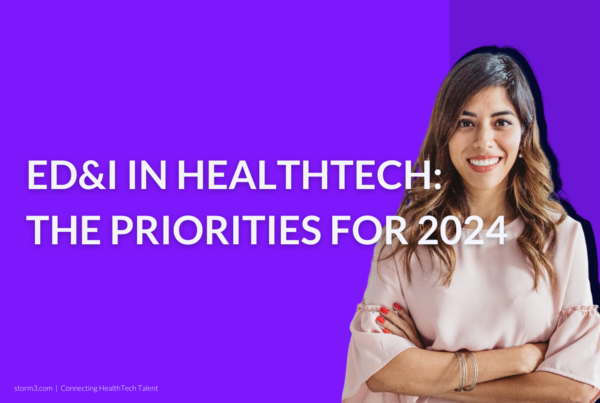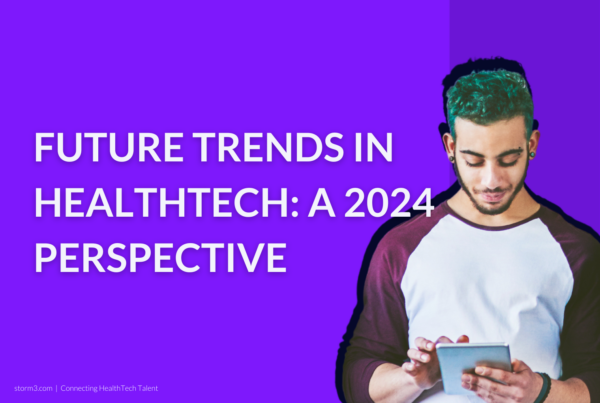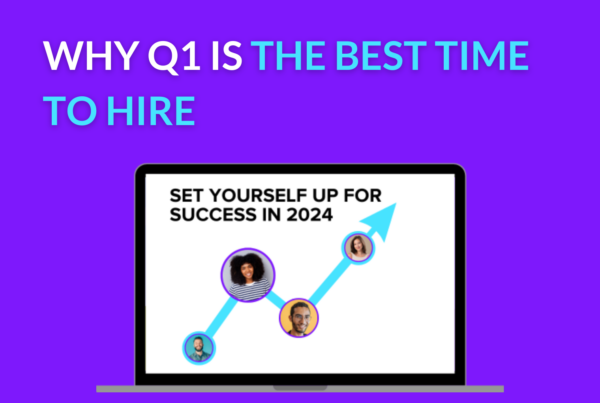When gamification was on its early rise in 2012, 53% of tech stakeholders estimated that by 2020, gamification would be implemented into everyday technology – including healthcare. Looking forward, gamification in mHealth is predicted to reach $4.2 billion by 2022.
By encouraging patients to adopt life-saving behaviour in an enjoyable way, gamification is transforming the healthcare landscape. This user engaged approach which uses game elements to deal with everyday problems is gaining huge grounds in the mHealth industry, and its momentum is set to continue long into the era of digital transformation.
What is Gamification?
Gamification is when you take non-gaming activities and apply a gaming element, such as applying game design techniques, game mechanics, and/ or a game style. The idea behind gamification is to take advantage of people’s innate need to socialize, learn, compete, record achievements, master tasks, and have fun.
Gamified technology uses rewards and competition which keep players engaged, and these rewards can take the form of points, badges, progress bars, achievement levels and so on. Sometimes, the rewards are even visible to other participants, or leaderboards are incorporated to encourage competition.
The fundamental part of gamification is the data being measured, as ultimately, there can’t be any games if there is no data to monitor, compare and develop. This data could be the number of steps someone is taking a day, the blood glucose measurement in patients with diabetes, a person’s daily resting heart rate, and so on. The endless possibilities of what can be measured means there is infinite potential for gamification to be incorporated into mHealth apps.

Gamification In mHealth Apps
The ultimate goal of mHealth is to improve the health of users, and gamification is proving to be a highly effective way of achieving this. Some of the most relevant software healthcare solutions today are fitness and nutrition apps, self-management of chronic condition and medication apps, physical therapy and rehabilitation apps, healthcare for children apps, and emotional health apps.
One of the most noteworthy examples of a company integrating gamification into its mHealth app is Apple, which awards Apple Watch and iPhone users with badges for accomplishing workout tasks such as running and cycling, or surpassing daily total calories burned. There is even the option to share your workout activities with friends and family who also own an Apple Watch, allowing you to compete against each other. Well-known running and triathlon app Strava adopts a similar gamification technique through its built-in ranking lists with friendship circles, sports clubs, and segments with strangers, which encourages healthy competition within these segments to reach top spot on the leaderboard.
Another example of a gamified mHealth app is Happify, a toolset which helps its users improve their emotional wellbeing. The app has over 30 tracks to choose from, all of which measure their users’ wellbeing progress to then provide simple tasks and games that aim to improve their overall happiness.
An example of a gamified mHealth app that functions to improve self-management of medication is Medisafe, an online pharmacy service which sends medication reminders as well as recording when its users take their medication. The gamification of the app comes through its additional features, which includes the ability to track health measurements such as your weight and blood pressure with the goal of improving overall health.
The Benefits of Gamification In mHealth apps
There are an abundance of benefits that come with integrating gamification into mHealth apps. Firstly, it drives behavioural change from its user, which massively improves cost savings. Currently, the majority of health spend is on treating a variety of conditions which are preventable. For example, medication non-adherence costs the NHS £500 million per year. In the US, this figure is $290 billion. Chronic conditions account for 70% of the NHS’ budget. With better health encouraged through long-term behavioural change, gamified mHealth apps have the potential to save billions of pounds globally each year.
As well as cost saving through pushing for a behavioural shift, gamified mHealth apps save money through being extremely inexpensive and scalable in comparison to other healthcare solutions. Once an idea is developed, this can be rolled out to a very large audience with minimal difficulty.
An often overlooked benefit of gamified mHealth apps is their potential for collecting data. By implementing software which motivates its users to give more feedback, HealthTech companies are able to find trends and create products that address the needs of their target audience better. It can even result in the construction of new business models to target unaddressed areas of healthcare.

Is Gamification Here to Stay?
Gamification and mHealth will definitely be a part of the future of healthcare. Anything which gets people more involved in the management of their own health increases quality of life, improves outcomes, and ultimately reduces healthcare costs. Of course, there is no one technology or methodology which will fit every persons health goal. But by taking the friction out of health management, gamified mHealth apps increase the pool of accessible and consumer-friendly tools available for achieving health outcomes in a way which is easily integrated into peoples’ daily lives.
Looking to expand your HealthTech team? If so, get in touch. Our team of specialist recruiters can help you find the technically skilled candidates your HealthTech organization needs. Alternatively, get to know a bit more about us and the specialisms we serve here.








